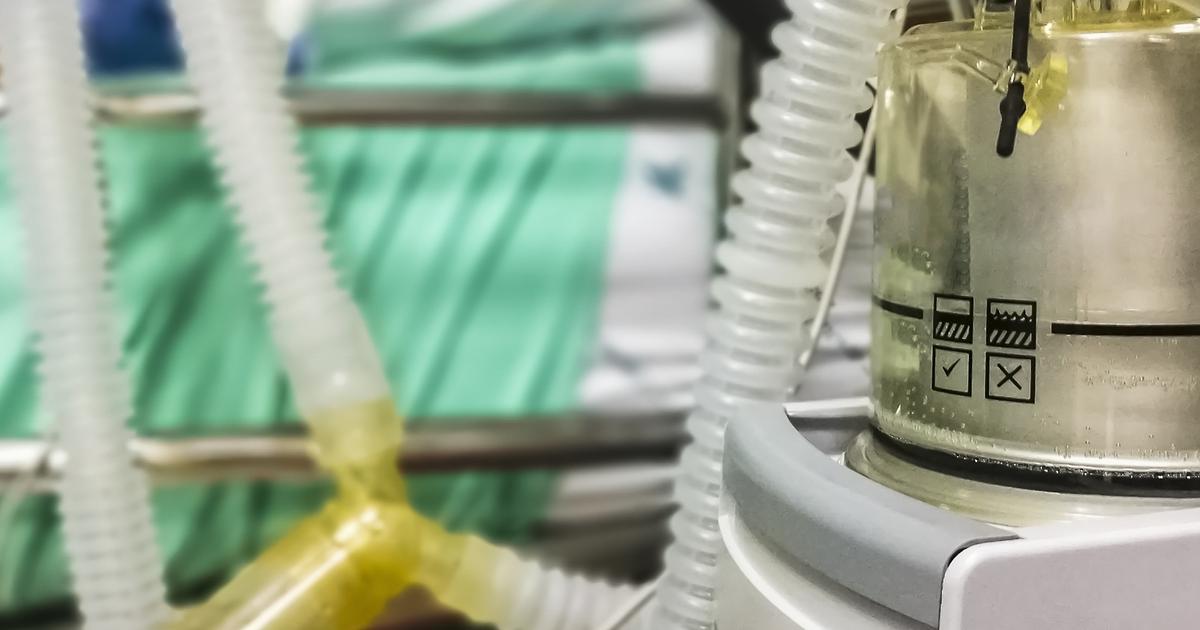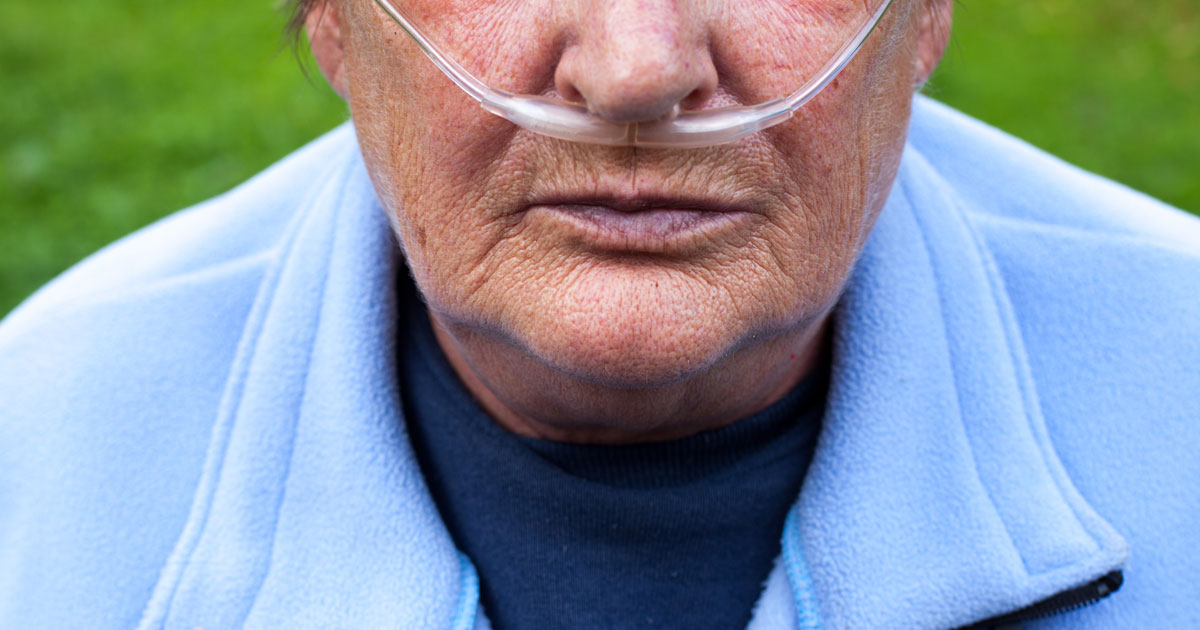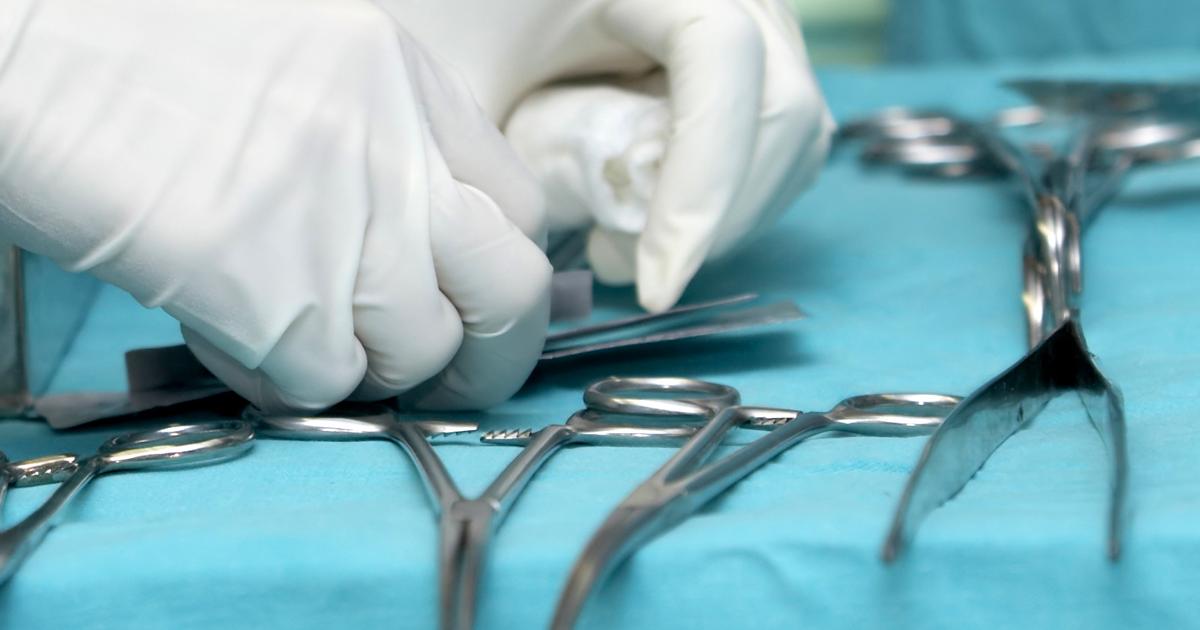How To Treat Aspiration Pneumonia
Aspiration pneumonia is a serious infection of the lungs that occurs as a result of an individual aspirating or inhaling liquid, food, or vomit down into the airways and lungs. Liquid or food already in an individual's stomach that regurgitates up their esophagus can aspirate into their lungs. Aspiration pneumonia develops when an individual is unable to cough up the substance aspirated into the lungs, and bacteria begins to colonize. This condition is most common among elderly individuals who reside in long-term care facilities, assisted living facilities, and nursing homes. Symptoms include wet or dry cough, pink or frothy sputum, fever, difficulty swallowing, rapid heartbeat, voice changes, appetite loss, blue fingertips, alterations in alertness, breathlessness, chest pain, and weight loss. Aspiration pneumonia is diagnosed using blood tests, sputum culture, CT scan, x-rays, barium swallow, and physical examination.
There are several ways to treat aspiration pneumonia. Get familiar with them now.
Course Of Antibiotics

Antibiotics are a class of medications effective at eradicating particular types of bacteria that cause infections in the body. The most common types of bacteria known to cause aspiration pneumonia are Staphylococcus aureus, Streptococcus pneumoniae, Hemophilus influenzae, Pseudomonas aeruginosa, and Enterobacteriaceae. Antibiotic medications commonly used to treat aspiration pneumonia include azithromycin, moxifloxacin, ceftriaxone, and levofloxacin. Other antibiotics also used in affected individuals include a combination of vancomycin and either piperacillin or imipenem. The best method of choosing the correct antibiotic to treat a patient's aspiration pneumonia is by culturing their tracheal aspirates, lung aspirates, or sputum. These methods help the physician identify the bacterial organism causing pneumonia, and choose an antibiotic the specific bacteria poses minimal resistance.
Keep reading to learn about more ways to treat aspiration pneumonia now.
Breathing Machine Assistance

Breathing machine assistance may be needed as part of treatment for severe aspiration pneumonia. The affected individual's trachea and oropharynges may need to be suctioned to remove particles of food or other substances. Breathing machine assistance is considered when a patient is experiencing respiratory failure, mental changes, poor oxygenation, or difficulty with breathing. The lung tissues may sustain damage from the bacteria that caused the infection or by the inflammatory response that follows it. When an individual's lung tissues become too damaged to perform their function of filling with air and exchange of oxygen and carbon dioxide, they may need assistance with breathing. The breathing machine tube is placed in the patient's windpipe and performs the same functions as the lungs and surrounding muscles to bring air into and out of the lungs. Breathing machine assistance takes place in the intensive care unit. This part of the treatment is temporary until the lungs are healthy enough to function alone.
Discover additional treatments for aspiration pneumonia now.
Supplemental Oxygen

Individuals with aspiration pneumonia may need to receive supplemental oxygen as part of their treatment regimen. If pulse oximetry and cardiac monitoring do not indicate the necessity for full intubation with a breathing machine, the patient will receive supplemental oxygen through a nasal tube or mask. Aspiration pneumonia patients who are strong enough to come off full intubation will receive supplemental oxygen following removal of the ventilator. The lung tissues are made up of cells, which can become damaged by the aspiration pneumonia-causing bacteria or by the inflammation that occurs from the immune system response. When the air sacs or alveoli in the lungs become damaged, it may be difficult for an affected individual to breathe in enough air to provide their blood with a high enough oxygen concentration to meet the demand of their body. The air an individual breathes in from around them has a twenty-one percent oxygen content at sea level. For healthy individuals, this percentage is enough to meet the demands of their body tissues, but aspiration pneumonia patients may need air with a higher concentration of oxygen when their lungs are healing.
Uncover more options for treating aspiration pneumonia now.
Corticosteroids

We know aspiration pneumonia is an infection that develops in the tissues that make up the lung and the immune system in an affected individual responds to the pathogen and causes swelling and inflammation of the lung tissues. This swelling and inflammation can result in multiple complications, such as tissue damage that can lead to lung scarring. Corticosteroids are used to help bring down the swelling and inflammation in the patient's lung tissues after the bacteria has been identified, and antibiotics have been administered. A decrease in inflammation and swelling can make it easier for a patient to breathe appropriately without the need for intubation and or supplemental oxygen. Corticosteroid use in the treatment of aspiration pneumonia reduces the incidence of acute respiratory distress syndrome. Corticosteroids are not used in individuals who have aspiration pneumonia that has caused secondary infections or septic shock.
Learn more about treating aspiration pneumonia now.
Surgery

Individuals affected by chronic and repeated aspiration pneumonia infections may need to undergo surgery to treat the underlying cause. Those who have trouble swallowing are the most susceptible to repeated aspiration of food and aspiration pneumonia infections that result from it. Surgical procedures to treat underlying causes of frequent aspiration may include a laryngeal suspension, laryngectomy, tracheostomy, total cricoid resection, partial cricoid resection, vocal fold medialization, supraglottic closure, glottic closure, and tracheoesophageal diversion. Other adjunctive surgical procedures that may be needed in individuals who experience frequent aspiration include cricopharyngeal myotomy, gastrostomy, jejunostomy, percutaneous endoscopic gastrostomy, fundoplication, gland excision, parotid duct ligation, and bilateral submandibular ligation. These surgical procedures are only necessary when chronic aspiration pneumonia infections are unable to be managed with other methods. In cases where too much debris is in the lungs of an aspiration pneumonia patient, surgery may be required to remove it manually if suction techniques are unsuccessful.